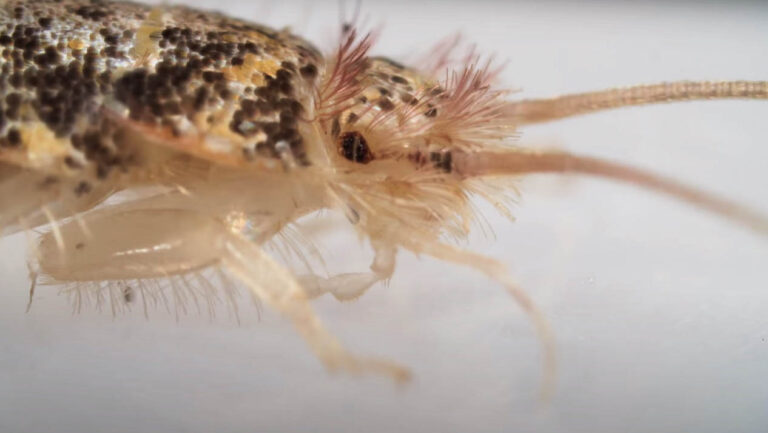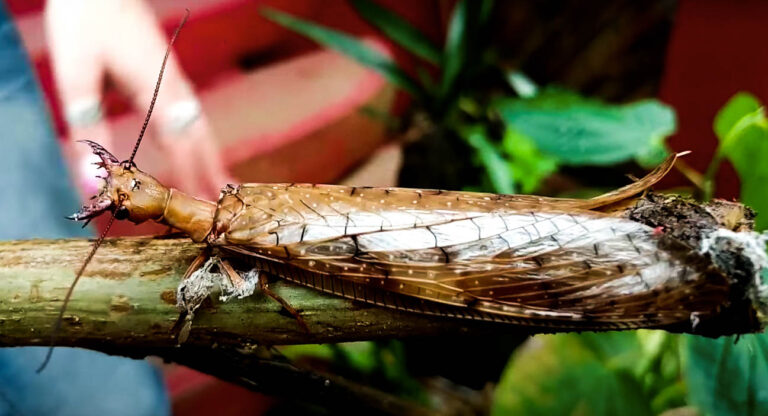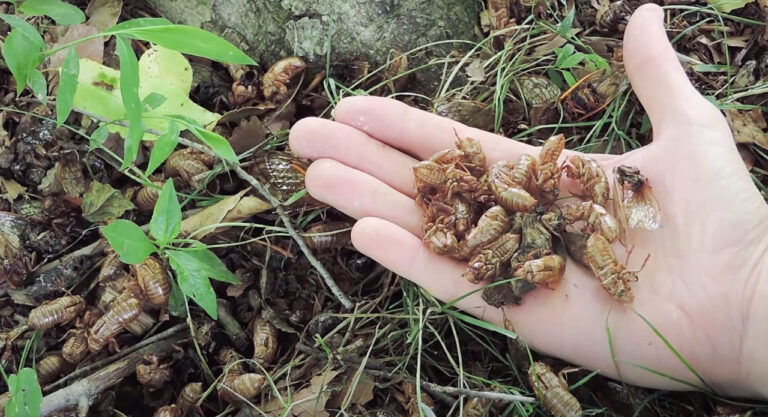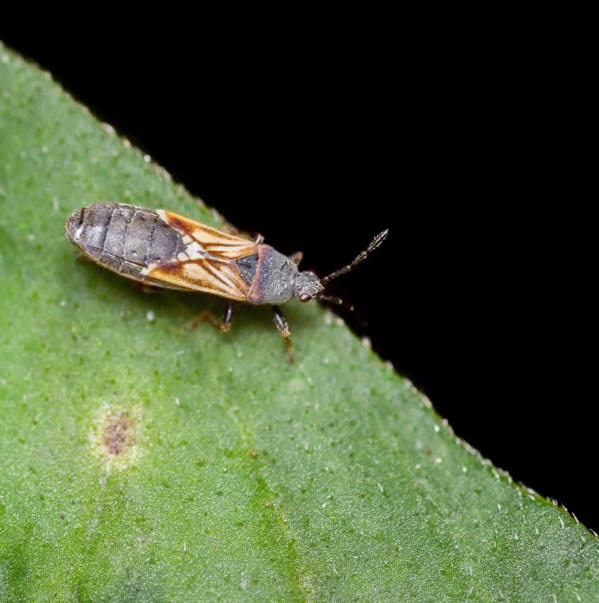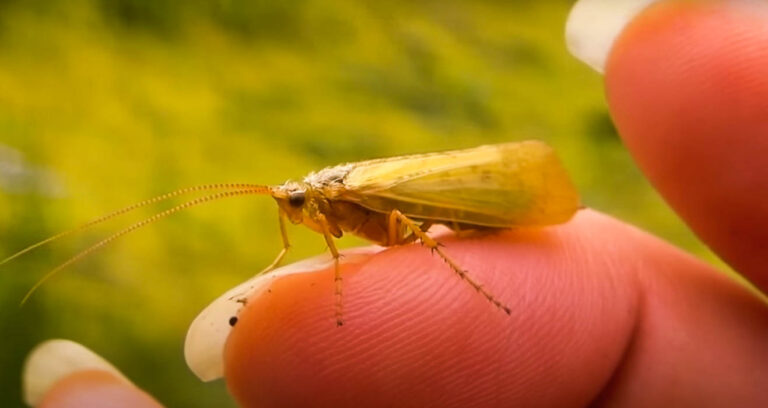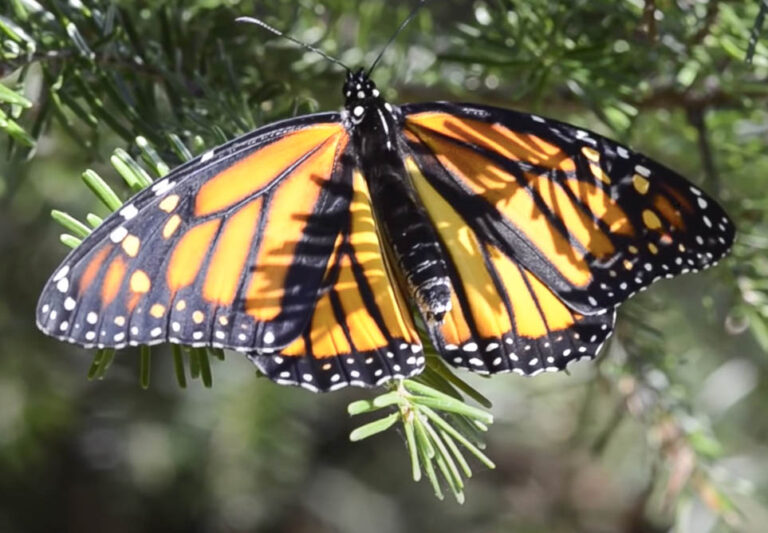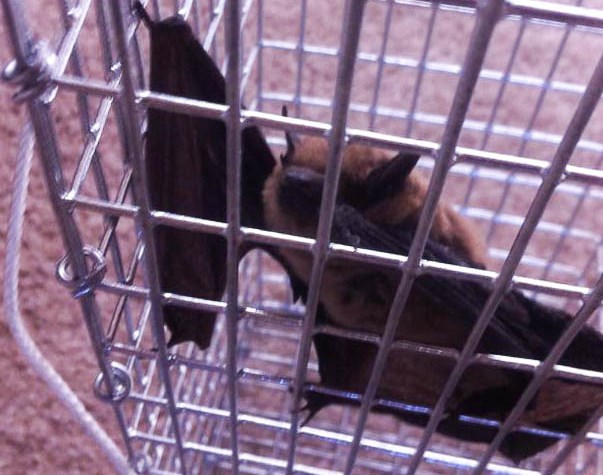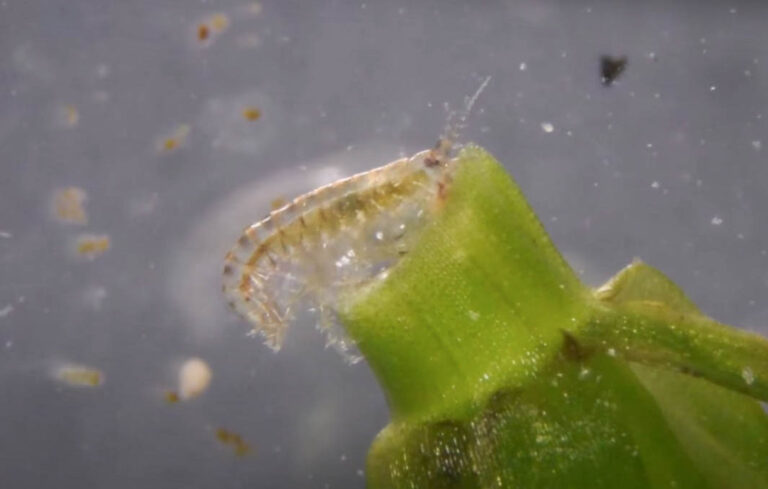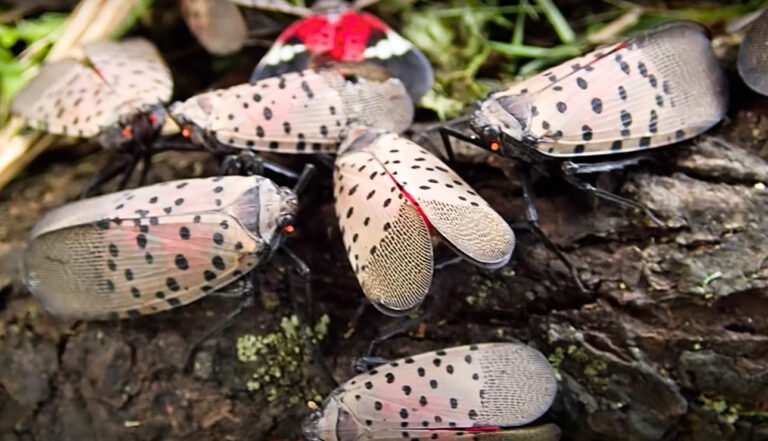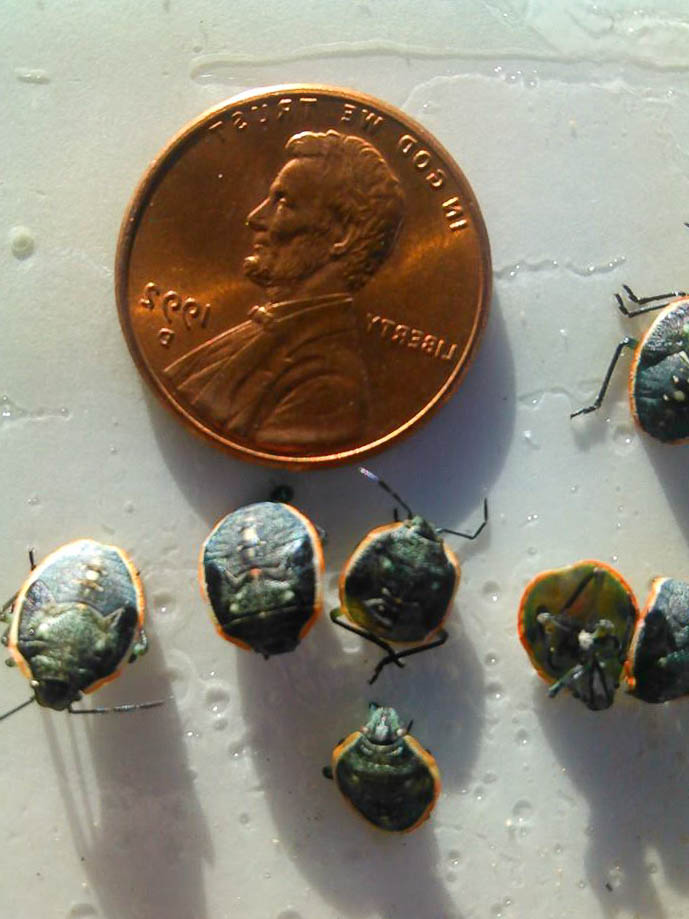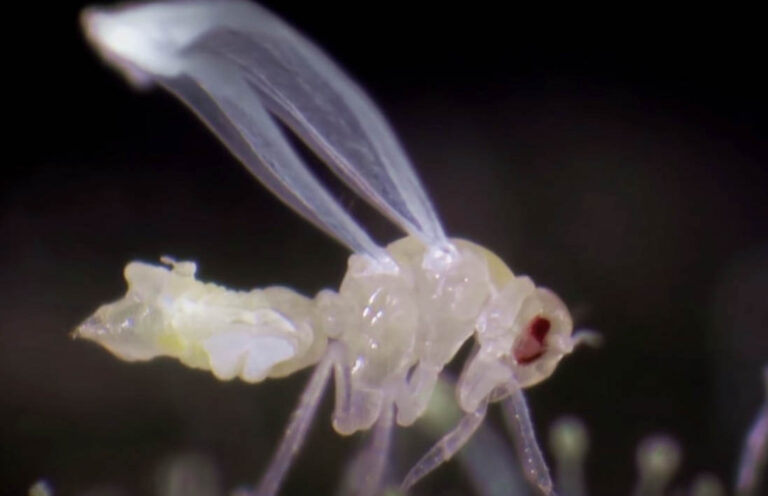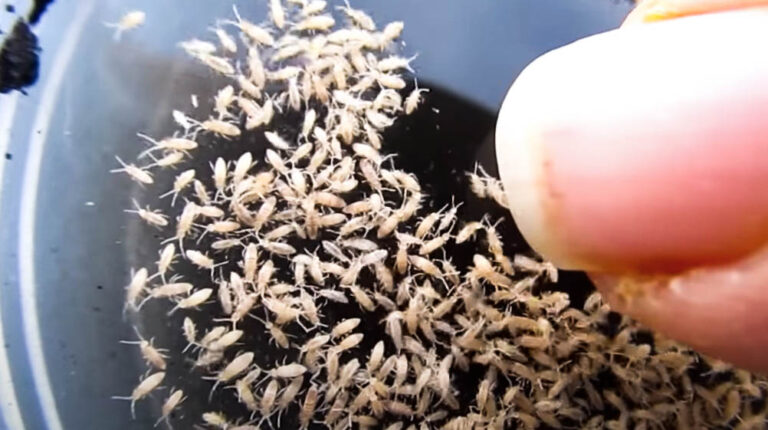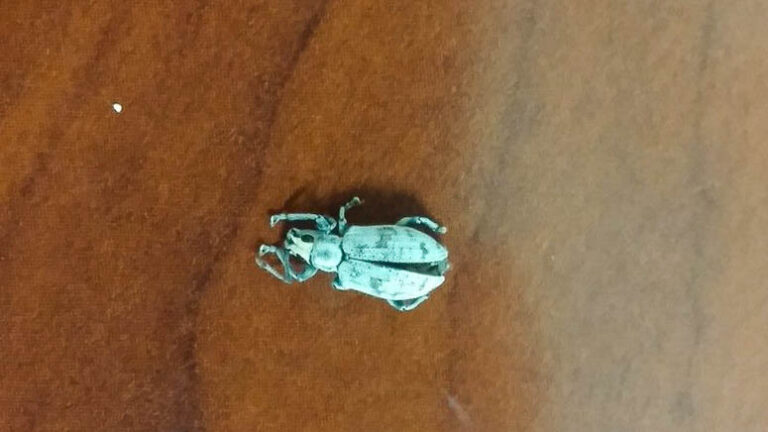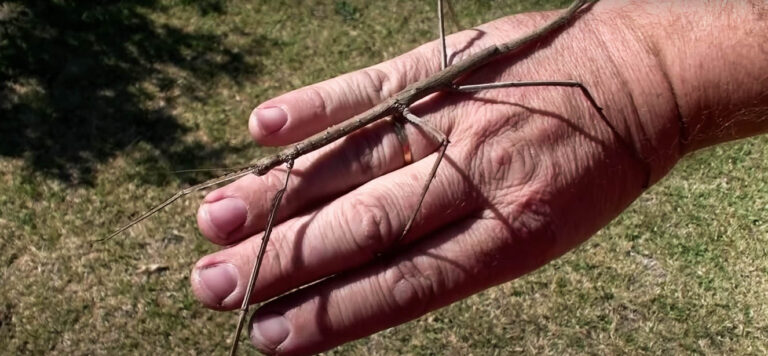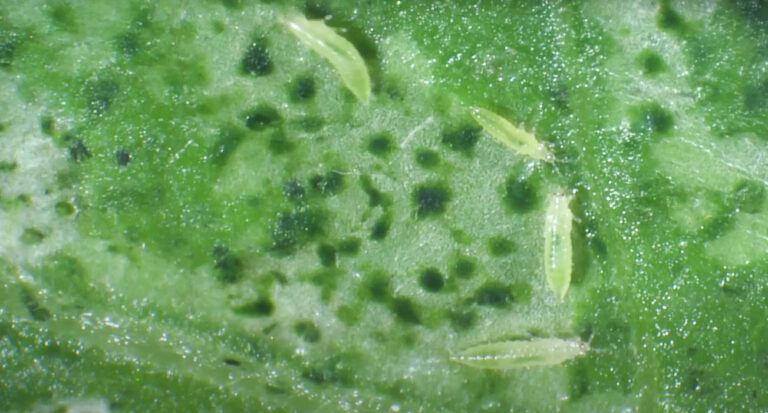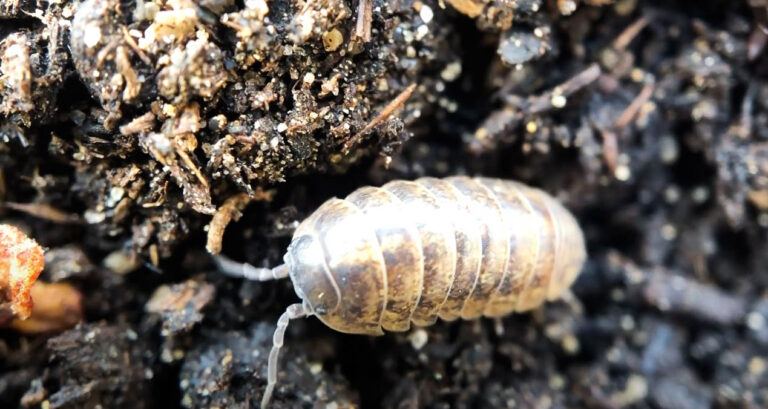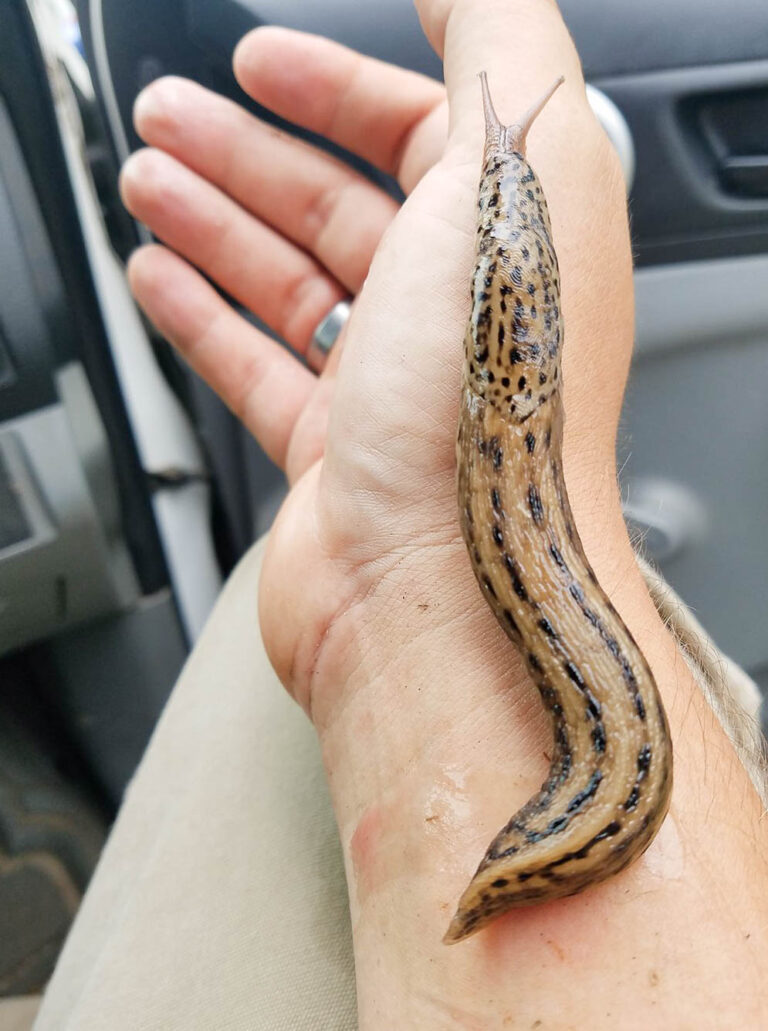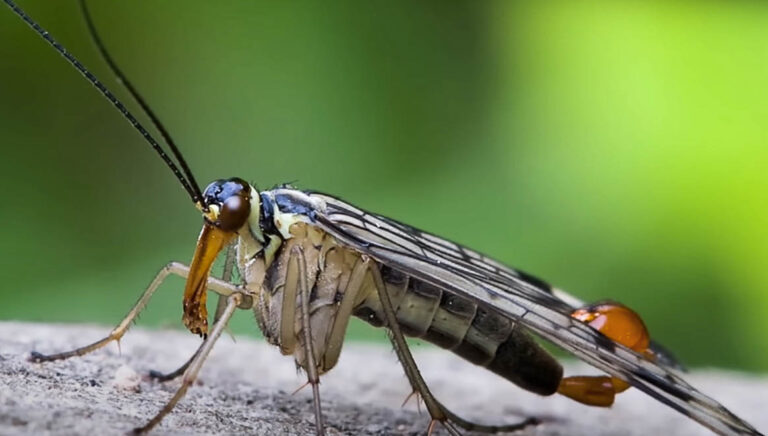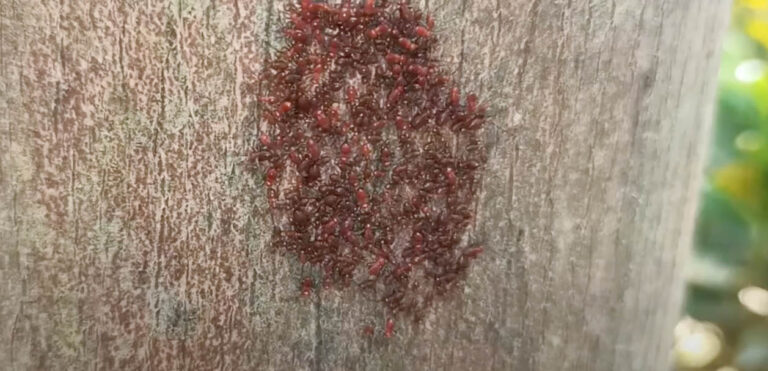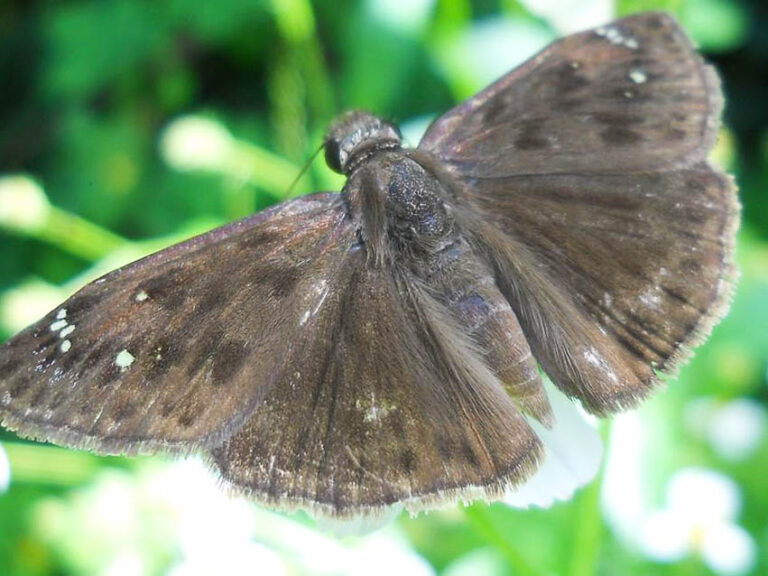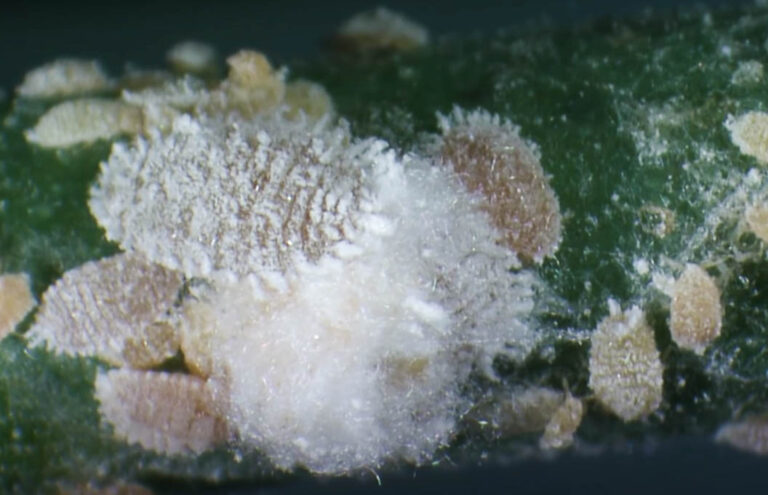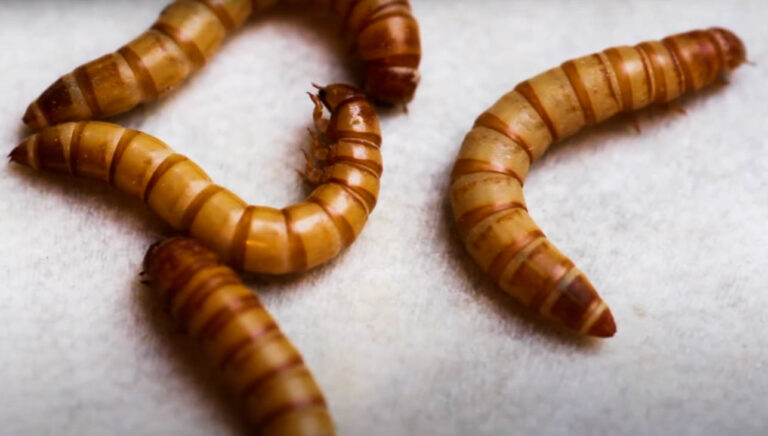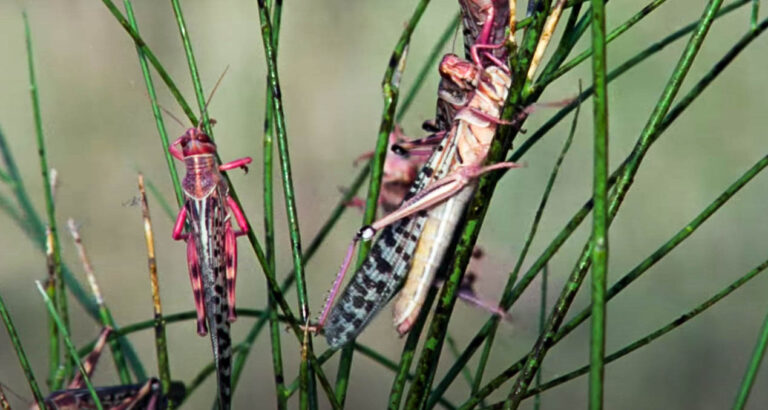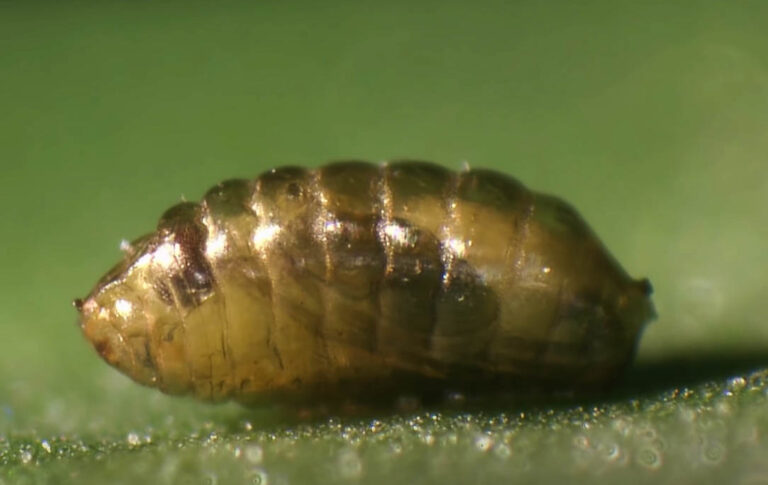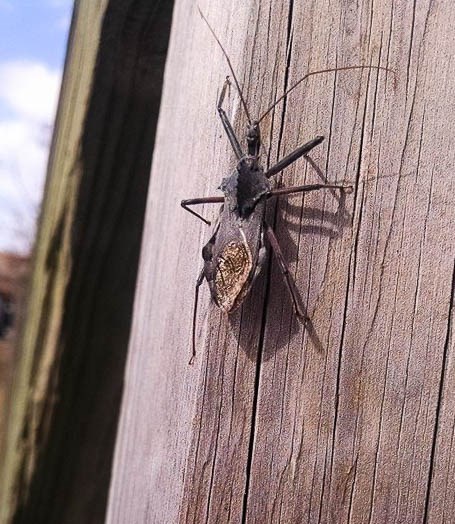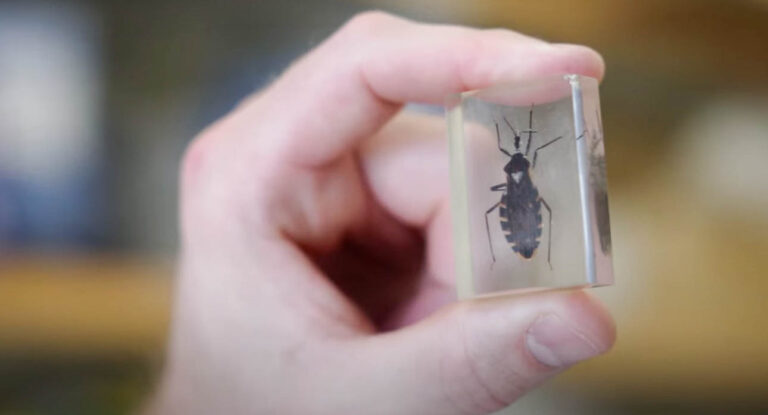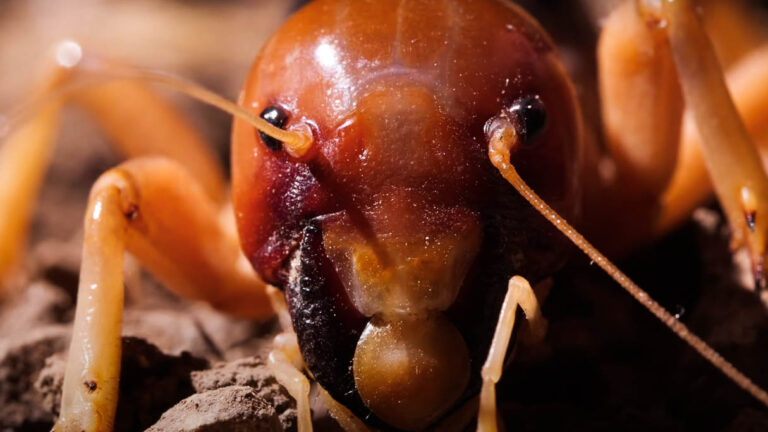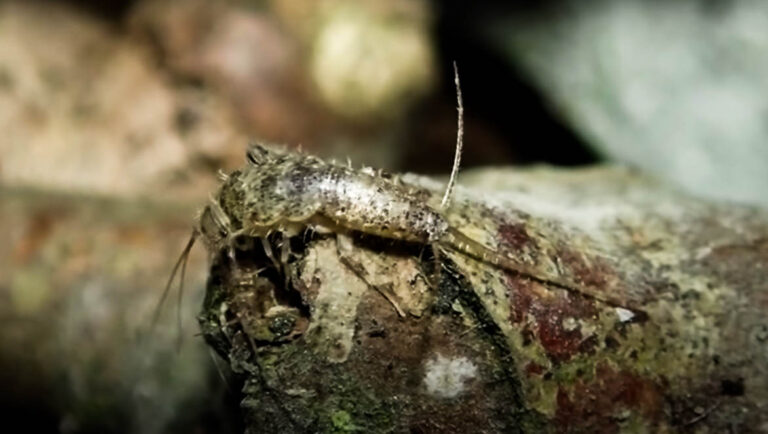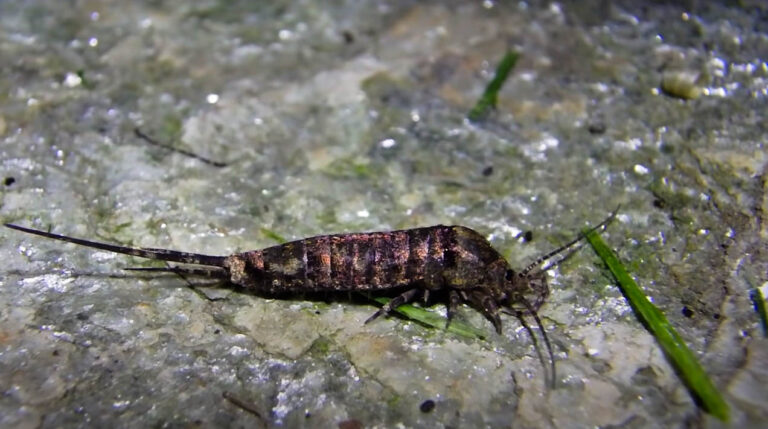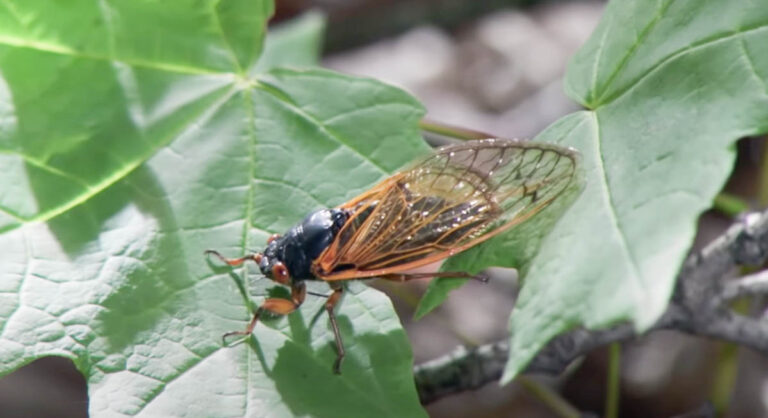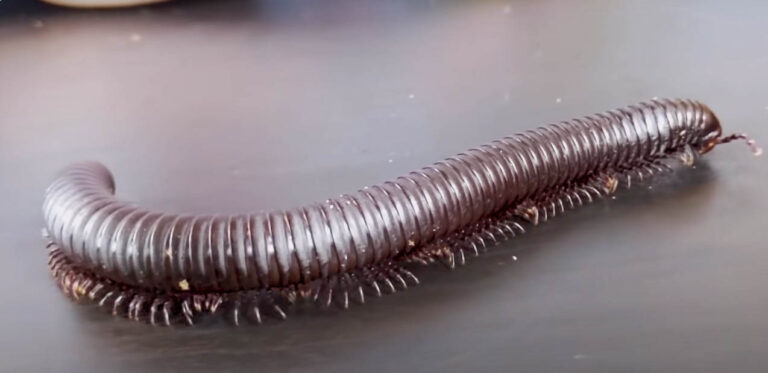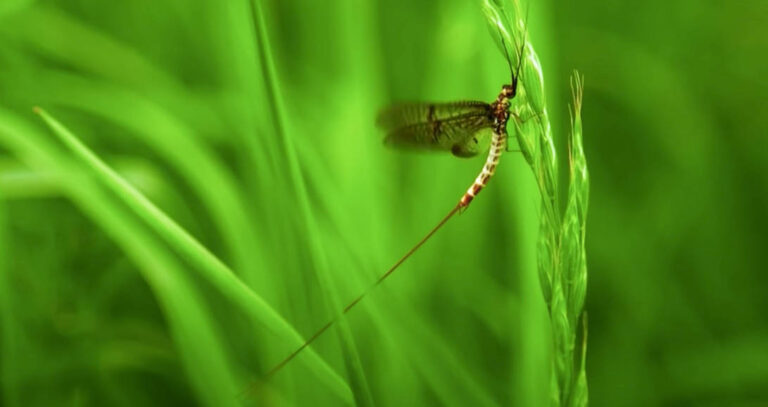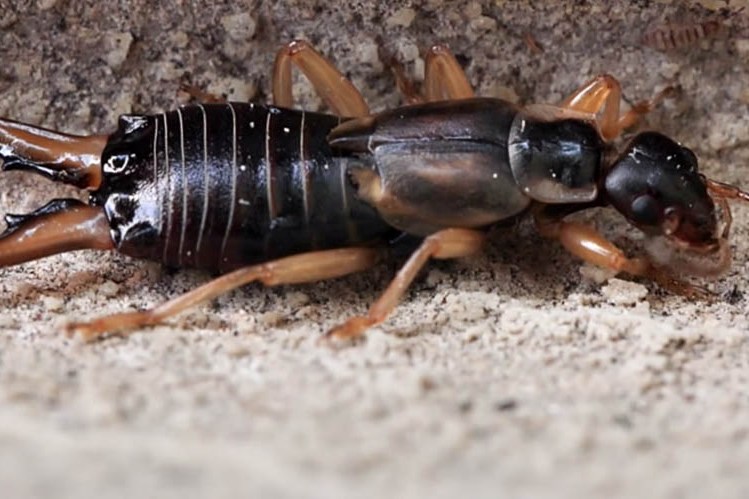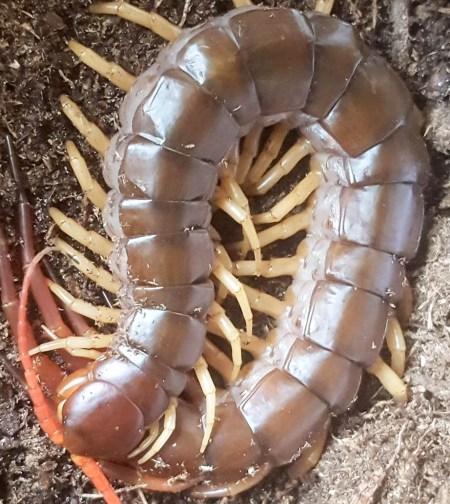About Millipedes
About Millipedes
Overview
The millipede belongs to the class Diplopoda and the subphylum Myriapoda, which falls under the phylum Arthropoda. The class Diplopoda is the largest class of myriapods, with over 12,000 named species grouped into 16 orders and 140 families. Unlike centipedes with a single pair of legs per body segment, millipedes have two pairs of legs on almost all their body segments. This is because of two available pairs fusing to form one unit.
Although the millipede’s name literally translates to ‘thousand feet,’ no species of millipede has 1,000 legs. The Illacmeplenipesis is the species with the most number of legs at 750. The majority of the millipede species are slow-moving detritivores; feeding on dead and decaying plant matter. A small minority of millipedes are predatory carnivores, while others feed on fungi and plant fluids.
Appearance
Millipedes are long, flat, or cylindrical myriapods. Pill millipedes are much shorter, but they can roll into a ball. Millipedes are typically black or brown, with some species having vivid colorations. Millipedes have small heads, usually the adjacent segment’s size, with a pair of very short antennae attached to it. Several species of millipedes have simple eyes that provide basic vision, but some species lack eyes. Millipedes have over 20 body segments with two pairs of legs attached to each segment. The number of legs on a millipede varies from one species to another. The collum, which is the first segment, has no legs, and it sits directly behind the millipede’s head. Apart from the collum, some segments at the end of the millipede’s body are free of legs, and the number of legless segments depends on the species. Some millipedes even have hairs or spiny appendages all over their bodies.

During mating, the male millipede uses special appendages, which are modified legs called gonopods, to transfer packets of sperm to the female. The female has a pair of vulvae where the male deposits the sperm. Females lay their eggs in soft soil. Few species envelop their eggs in individual cases made out of leaves, while others (male and female) stand guard till the eggs hatch. Newly hatched millipedes are legless, soft-bodied copies of their parents. Once they successfully molt for the first time, they emerge
with six segments and three pairs of legs. They develop more segments and legs in subsequent molting sessions.
Millipedes mature into adulthood in about two years. Adult millipedes have a relatively long lifespan of about eleven years, with some individuals living longer than that.
Behavior
Millipedes prefer to spend their time in cool, wet places. Most millipedes become active after dark or after rainfall. Unlike centipedes that use the venom in their pincer-like appendages to defend themselves, some millipedes roll their bodies into a ball to protect their legs and vital organs. Some species produce toxic, foul-smelling chemicals as a form of self-defense, secreting the liquid from openings on the sides of their bodies. Larger tropical species can squirt attackers with this chemical weapon, destabilizing their attacker while they make a quick getaway. Furthermore, some species that do not produce the foul-smelling chemical defend themselves by alternating between running short distances and leaping into the air.
Mating among millipedes differs across species. Generally, the males deposit sperm directly into the female’s reproductive organs. Males may court females before mating, but this action is not compulsory. Male bristly millipedes place their sperm in spun webs for the female. On the other hand, male pill millipedes make special squeaking sounds to coax females into mating. There are eight species of blind, bioluminescent millipedes found in the mountains of southern and central California. These bioluminescent organisms are the only bioluminescent millipedes in the world and ward of potential predators with their bright light.
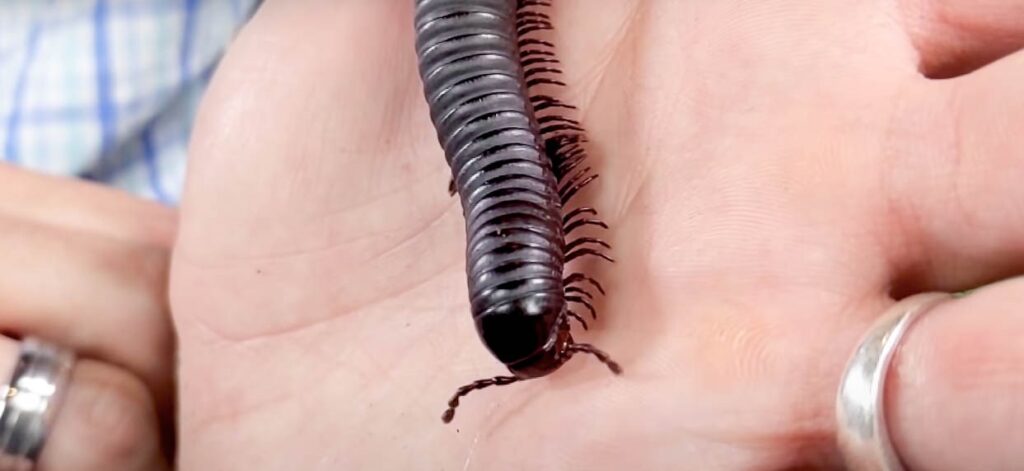
Habitat
Millipedes prefer to live in moist areas. You are likely to see millipedes in places with loose soil, hiding between plants and soil. During fall months, millipedes begin to migrate into homes to seek protection from the elements. They move around your home searching for suitable spaces, settling in your basement, bathrooms, utility rooms, and attic. Those found indoor eventually die from inadequate moisture content. However, they will thrive in wetter conditions.
Damage They Cause
All millipedes are unwanted guests in greenhouses since they go after emerging seedlings. Millipedes do not bite or sting humans, but their chemical discharge can burn and discolor exposed skin. They can also cause an allergic reaction in people.
Infestation Signs
Millipedes are sleek organisms, so you have to see one firsthand to confirm a possible infestation.
How to Get Rid of Them
The best way to get rid of millipedes is to make them uncomfortable. Since they are attracted to moist places, ensure that your home is dry and well ventilated. Apart from that, remove things that attract millipedes. Remove leaf litter, dirt piles, and mulch from the immediate vicinity around the exterior of your home.
If you engage in farming or gardening and composting, ensure that your compost is a good distance from your home. That way, stray millipedes will not enter your home.
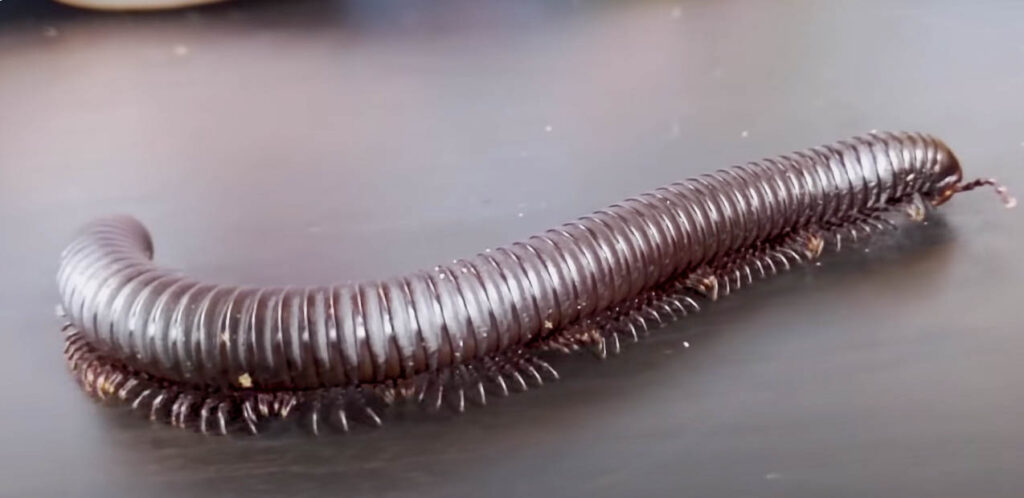
Seal up cracks around vents, doors, windows, and in your foundation using silicone caulk or any suitable material. Fix leaking pipes, doors, and windows so that they will not have an easy entry point to enter your home.
You can also hire a licensed pest control company to carry out full property fumigation. That way, you eliminate all millipedes lurking around your property.

